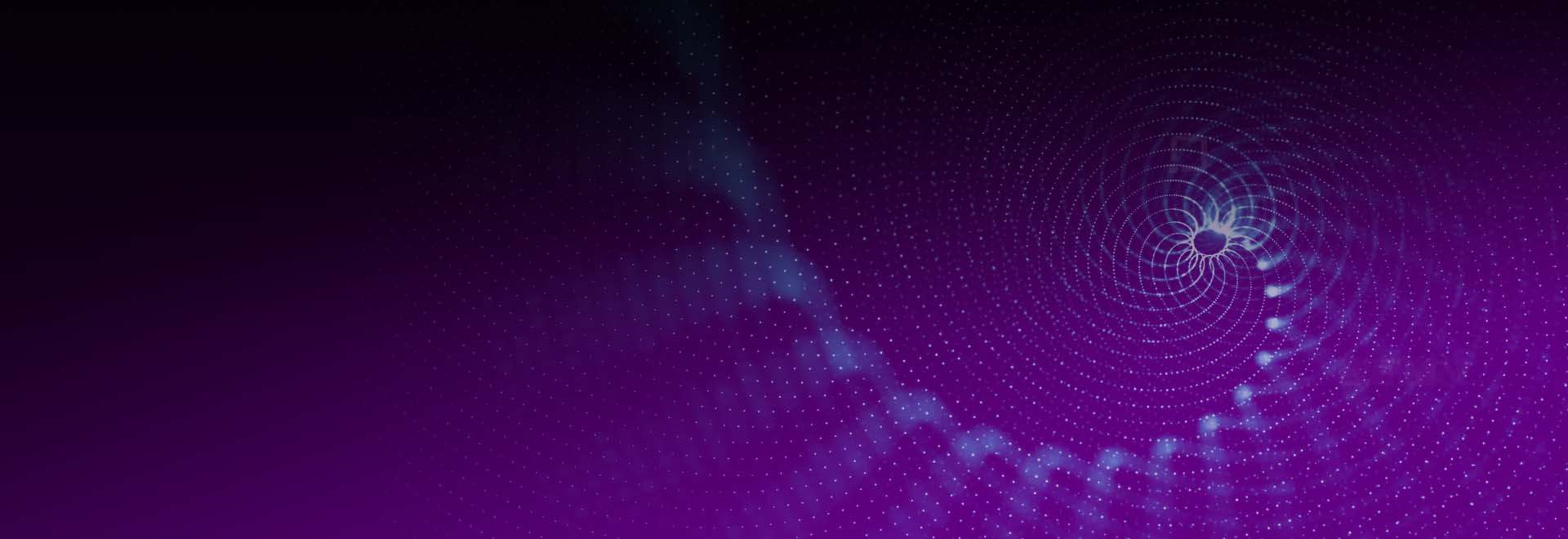All
Products
Resources
News
FAQ
Search


Manual Version | Software Version | Date | Description |
|---|---|---|---|
A0 | V1.0.0 | Nov. 2021 | Initial release. |
A1 | V2.1.0 | Dec. 2021 | New feature: addition of manual registration function, some fine-tuning will be automatically performed after manually registering; Improvement: performance improvement for mapping; the order of sequencing saturation calculation has switched, in v2.1.0 we only compute the saturation of tissue-covered region; Bug fix: fix the bug of indexing at mapping step; fix the bug of long waiting time at register step. |
A1.1 | V2.1.0 | Jan. 2022 | Add error handling; Update demo output |
A2 | V4.1.0 | Apr. 2022 | New feature: support to process fused microscopic images; employ Stereopy in clustering; new gene expression matrix file format; including a file format convertor and a mapping memory estimator; Improvement: performance improvement for mapping; update gene annotation approach in count; update image stitching and tissue segmentation model for better performance on image stitching and segmentation for tissue with voids. |
A3 | V5.1.3 | Aug. 2022 | New feature: addition of cell segmentation on microscopic image in register pipeline module and cellCut pipeline module to extract cell expression matrix; design IPR file to store image processing record information and TIFF images produced in register; output exon expression matrix along with total MID count; addition of cell clustering analysis; addition of cell bin statistic result and image information in HTML report; add pipeline modules to support single-end FASTQ data; addition of option for selecting multi-mapped reads; addition of score system in image processing; Improvement: addition of poly A filtration in mapping; performance improvement for merge, tissueCut and saturation; add data scaling and upgrade clustering analysis pipeline; Bug fix: fix the bug of plotting scatter plot in tissueCut, review and modify the ambiguous metrics names and explanations in HTML report; |
A3.1 | V5.1.3 | Dec. 2022 | Bug fix: fix the typo in the manual. |
A4 | V5.4.0 | Nov. 2022 | New feature: render a more elegant way of organizing SE FASTQs input into mapping; addition of header for count output TXT file; upgrade ipr2img to imageTools which allows you to merge TIFF images to check segmentation result and plot templates on the panoramic image or registered image to check the result of stitching and registration; Improvement: change data struct of gene index in the GEF file from uint16 to uint32 to store more genes; Bug fix: fix the typo in the manual; |
A5 | V5.5.0-V5.5.2 | Jan. 2023 | New feature: addition of manualRegister and lasso pipeline modules, which acquire parameters and essential files from offline visualization software StereoMap; addition of error code function in each module, and the explanation has been organized in appendix D; Improvement: upgrade tissueCut pipeline module for better performance and improved accuracy of tissue recognition directly from gene expression matrix; upgrade clustering analysis pipelines; addition of image layers in HTML report which allow users to switch images displayed with gene expression distribution plot; the stitching deviation heatmap(s) and the frame of axes in the HTML report have been adjusted according to the registration parameters. |
A5 | V5.5.3 | Mar. 2023 | Improvement: upgrade mapping pipeline module, which performs polyA filtering after CID mapping, for improved statistical output in report. |
A6 | V6.0 | Mar. 2023 | New feature: addition of rRNAremove switch in mapping, off by default, to count and filter rRNA reads using the reference genome with the addition of rRNA information. rRNA count and ratio are recorded in the output file; support the scenario with the combination of DAPI and mIF (multiple immunofluorescence images), correspondingly generating registered, tissue segmentation, and cell segmentation results; support continuously processing image files output from each module of ImageStudio. Improvement: reconstructed tissueCut module pipeline, with the addition of parameter -t which means the number of used CPUs, to greatly improve the calculation efficiency; modified parameter -g in img2rpi module to a two-layer structure, upgraded RPI file format to support storing and organizing multiple stained microscopy images in groups; displayed pseudo colors (up to 7 colors) on the bottom layer of clustering results in HTML report, when handling the scenario of mIF in report module. Bug fix: fix the bug caused by version compatibility when generating CGEF file. |
| A7 | A6.2 | Jul. 2023 | New feature: supported outputs of Valid ClD Reads and un-mapped reads in FASTQ format; supported QC-failed but manually processed images as inputs for subsequent workflow; addition of tissue area (nm²) in corresponding GEF file; supported generating GEF file of labeled region; addition of quality control alerts and tissue segmentation display in Improvement: updated |
A8 | V7.0 | Oct. 2023 | New feature: supported H&E image in pipeline; addition of Improvement: performance improvement in count and |